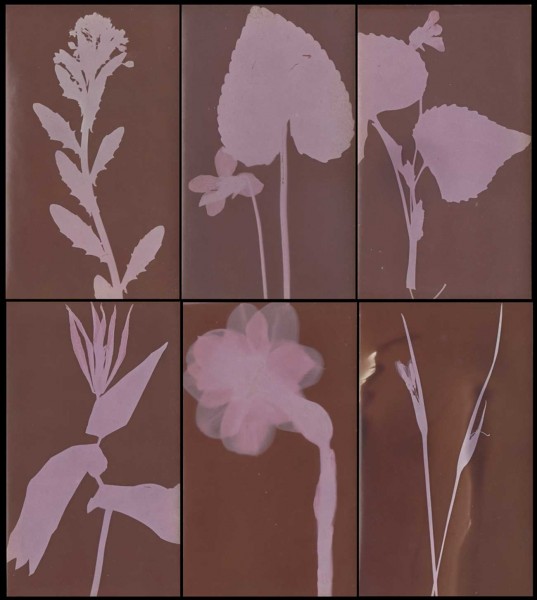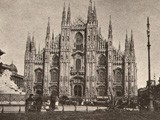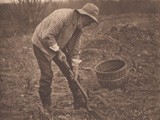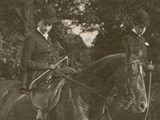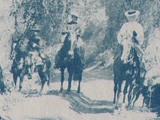Botanical Photograms
Photographer Unknown
CountryUnited States
MediumGelatin Silver (DOP: developing out paper)
Year1925
View Additional Information & Tags
Dimensions
Image Dimensions: 10.8 x 6.4 cm (each) 6 examples presented as a composite for illustrative purposes
Support Dimensions: none
Associated Blog Posts:
Botanical specimens: top row, left to right:
Shepherd’s Purse, Purple Violet, Yellow Violet.
bottom row, left to right: Bell Wort, Narcissus, Blue-Eyed Grass.
Even before he discovered how to permanently “fix” what eventually became known as paper photographs in order to prevent their fading, Englishman William Henry Fox Talbot (1800-1877) first used his Photogenic Drawing method in 1834 to produce photograms. To do this he first placed a botanical specimen on a sheet of salt and silver nitrate-coated sheet of writing paper which produced a temporary, exact image of it when exposed to the Sun. Soon after, the lustrous blue Cyanotype process, perhaps best known today by the artistic plant studies perfected by Englishwoman Anna Atkins (1799-1871) made between 1843-53, gave way to even cheaper commercial methods for the photogram. Using store-bought, pre-sensitized photographic paper which home darkroom hobbyists readily exploited-similar to these examples- the art form was popularized even more in the early 20th Century.
When purchased, these photograms were contained in the original Kodak Self-Toning Paper Sensitized Paper package: single weight glossy sold in 12 sheets with dimensions of 2 ½” x 4 ¼”.
Package stamped: EXPIRES Mar 23 1925 9303 (lot #)
